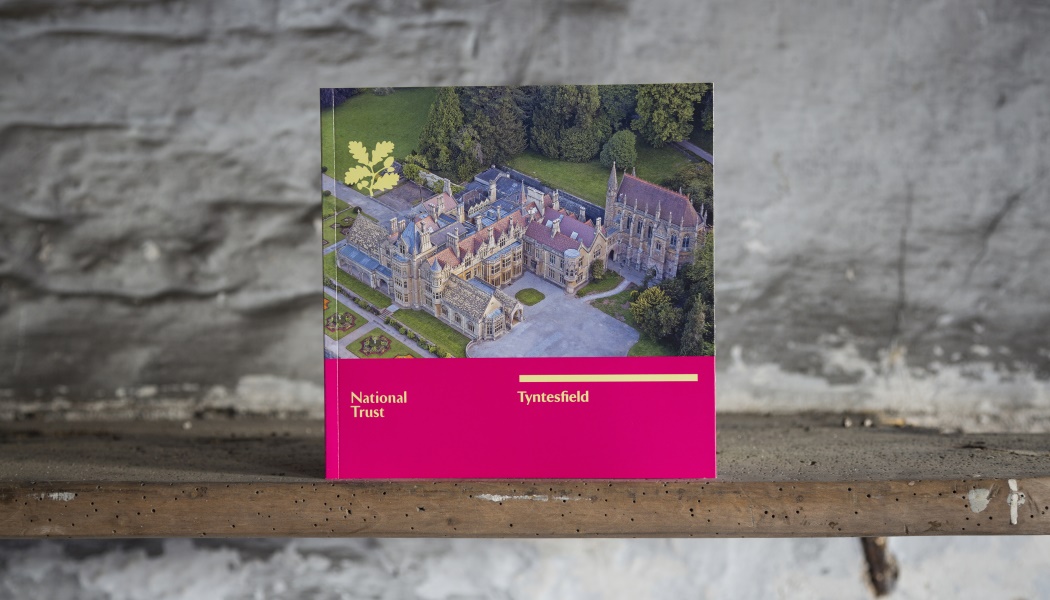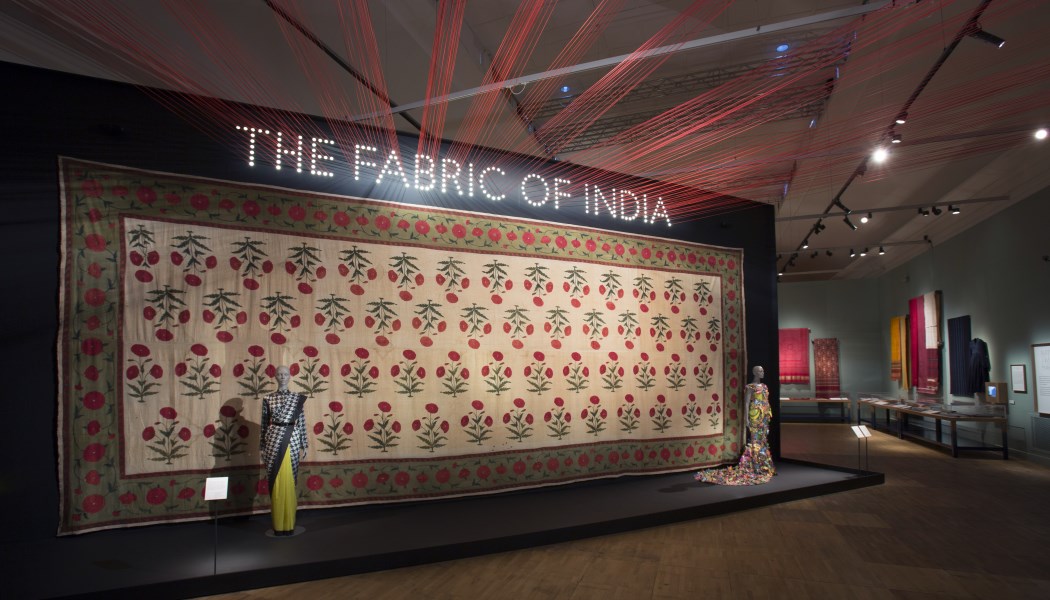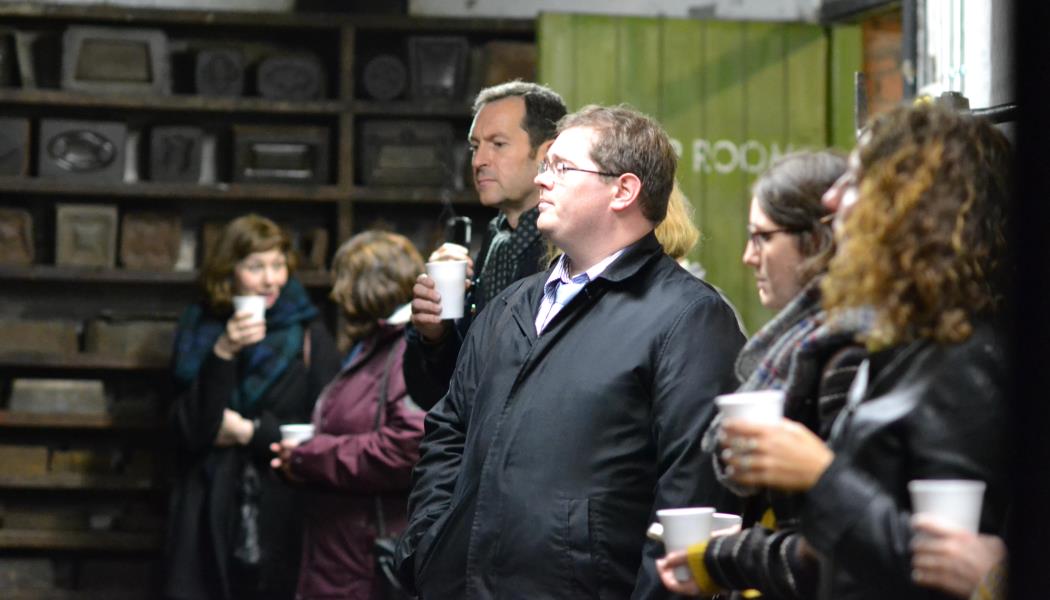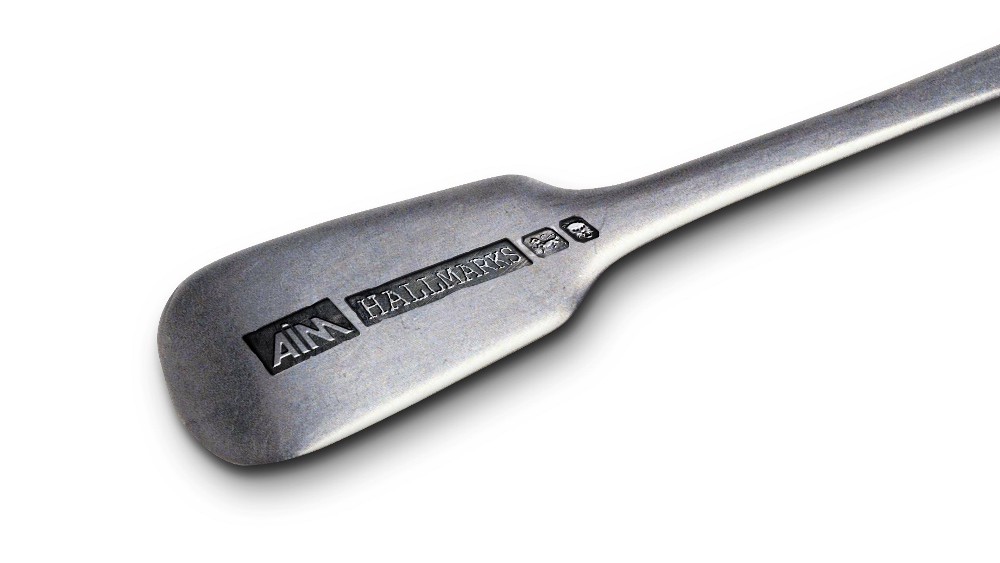Here M+H Advisor provides four case studies where museums and heritage attractions have continued successful revenue streams for almost a century, changed old ones for the better, embraced their venue’s assets and experimented and taken risks. These include filming at the Black Country Living Museum, publishing guidebooks at the National Trust, ticketing and customer relationship management at the V&A and sustainability at the Coffin Works.
As the government’s Comprehensive Spending Revue looms large over the museums and heritage sector, with Chancellor George Osborne asking non-essential departments to plan for between 25 and 40 per cent cuts, funding to cultural institutions across the UK will, in the foreseeable future, be significantly less. This means that more than ever museums and heritage attractions are trying to harness their assets to drive up visitor numbers and revenue.
This week the Department for Communities and Local Government agreed to cut 30 per cent from its budget over the next four years after reaching a provisional Spending Review deal with the Treasury. The consequences of this for all those Museums that are funded through local government is all too real.
However, more people are visiting the country’s museums than ever before and in a recent independent report commissioned by ACE it quoted statistics from the Department for Culture, Media and Sport that show that more than half of adults (53 per cent) had visited a museum or gallery in the past year, more than at any time since 2005. Data also shows that overseas visitors increased from 13.9m in 2008/9 to 18.7m in 2011/129, ‘further demonstrating the strong and continued demand for, and use of, our museums’.
So whether a museum charges for entry or not, there are potentially many ways that it can generate income through this footfall. With its Museums Resillience Fund (which will also be affected by the CSR) ACE is attempting to support museums to become more sustainable and resilient businesses.
This is something that the Association of Independent Museums (AIM) has been doing since it was launched in the 1970s, with independent museums worth around £1 billion to the economy each year.
“AIM has lots of ways of helping museums that need to increase their income,” said Tamalie Newbery, AIM’s executive director. “We give grants through the AIM Sustainability Grants scheme funded by Esmee Fairbairn Foundation and in December we’ll be launching a new investment scheme as part of the AIM Hallmarks programme which will also help museums with issues around sustainability, linked to the Hallmarks.”
AIM also publish a variety of tips and ideas, and its website has a series of Success Guides which are free to download. They include Retail, Catering, Venue Hire, Fundraising, Business Planning, Negotiating Business Rates and a Quick Guide to Donation Boxes.
“Each museum needs to consider carefully which income generating activities will work best in their circumstances,” says Newbery. “Museums should be willing to try new things, but if it is something completely new, try to learn from other visitor attractions’ experience, make sure you test your idea with potential customers before you invest too much time in it, even if that’s just talking to some people about your plans, and try to find ways to try it out on a small scale, without too much investment first, before going ahead with a grand plan.”
One of the key components to being successful when rolling out a new idea, says Newbery, is for the museum to be business-like in its planning: making sure it takes proper account of all the costs including staffing, and sets targets for the turnover and profit it expects so it can consider which ideas will give the best return on investment.
“We are always surprised that some museums apply for AIM Sustainability Grants for investment in new income generation ideas without having made any attempt to estimate what income they think they might generate,” she says. “It makes it very hard to understand whether it would be a good investment.”
If museums charge for admission then they should not forget to look at the pricing points of their existing income generation. “For instance if you are charging £3 for admission but all visitors would just as happily pay £4, you could increase admission income by a third without any increase in costs.”
The most popular activities for income generation are retail, which can usually be adapted to all sizes of museum and venue hire and catering, which suit some museums better than others. Other things all museums should consider, says Newbery, are donation boxes and friends or membership schemes and associated annual giving schemes. Museums should also be open to all sorts of other ideas that might be appropriate to their museum from licensing their collections, to film location fees to online donations and internet sales. “There are a huge range of ways that museums generate income so look at what others do and see whether you could adapt it to your own circumstances.”
Mark Robinson, founder and director of Thinking Practice, a consultancy dedicated to increasing the impact and resilience of the arts and cultural sector points out in his paper Making Adaptive Resilience Real that having a diversity of income streams is one of the common characteristics of resilient organisations. A mixed economy that encompasses different types of earned income or a mixture of earned income and grants, will make any organisation less vulnerable to sudden changes in their environment and more able to adapt to those changes. Or as the old saying goes, ‘don’t put all your eggs in one basket’.
Past In Focus Features
Accessibility in museums: creating a barrier-free cultural landscape
Accessibility to museums and their collections is a pursuit that is taken seriously by the majority of institutions. But are they getting it right and what new initiatives are being set up to improve things?
Temporary and Touring Exhibitions: Reaching out to new audiences
M+H Advisor talks to the Touring Exhibitions Group and presents five case studies from museums that have created, or are currently planning, temporary and touring exhibitions
Packing and transporting museum collections – how to get it right
Packing and transporting museum collections is fundamental to museum discovery and requires an intricate process of planning and trust, which requires experts both within and outside of museums
In Focus: collections management – connecting objects and people
Collections are the powerhouse of museums but they are nothing without good management and the engagement of the audience
The balancing act of designing permanent exhibitions
The process of developing an exhibition from concept to realisation requires an enormous amount of planning and research and the aim is to give the best visitor experience possible by using the right amount of technology and design to tell the story
Valuing, insuring and securing collections
From government and museum-led initiatives to specialist companies there is a wealth of expertise catered to the sector that ensures buildings and collections are secure and accessible
3D Printing – re-making the museum
The use of 3D printers by museums has become more common recently with improvements in technology, lower prices and innovative ways to use them both curatorially and entrepreneurially
The Environmental Control of Collections
The environmental control of collections is essential for the upkeep of objects especially where light, humidity and temperature are concerned and is now a fine science with national standards














